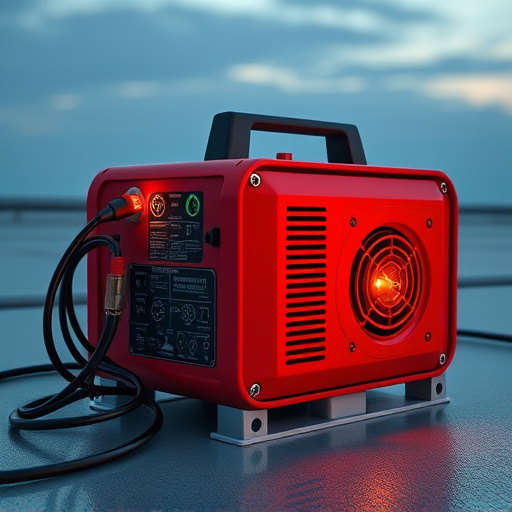Auxiliary batteries, crucial for extra power during failures, require careful selection (like lithium-ion for high energy density) and maintenance. Prioritize safety by choosing reputable brands with certifications, ensuring compatibility and performance. Installation needs a secure location, proper wiring, and regular inspections to prevent hazards. Keep charge levels between 20% and 80%, use suitable chargers, and monitor battery health. Regular inspections for damage, corrosion, and low charge are vital. Store in cool, dry areas, out of reach of children, and protect from extreme temperatures. Proper care prevents overheating, physical damage, underperformance, and sudden failure.
In today’s automotive landscape, auxiliary batteries play a crucial role in powering additional electrical systems. This comprehensive guide offers 3 essential tips for safe auxiliary battery use. From understanding battery basics and choosing compatible models, to best practices for installation, maintenance, and inspection, you’ll learn how to ensure optimal performance while prioritizing safety. Implement these strategies to enhance your vehicle’s reliability and prevent potential hazards associated with auxiliary batteries.
- Understanding Auxiliary Battery Basics
- Choosing Safe and Compatible Batteries
- Installation and Wiring Best Practices
- Maintaining Optimal Charge Levels
- Regular Inspection for Safety
- Storing Your Auxiliary Battery Properly
- Preventing Overheating and Fire Hazards
- Troubleshooting Common Issues
Understanding Auxiliary Battery Basics
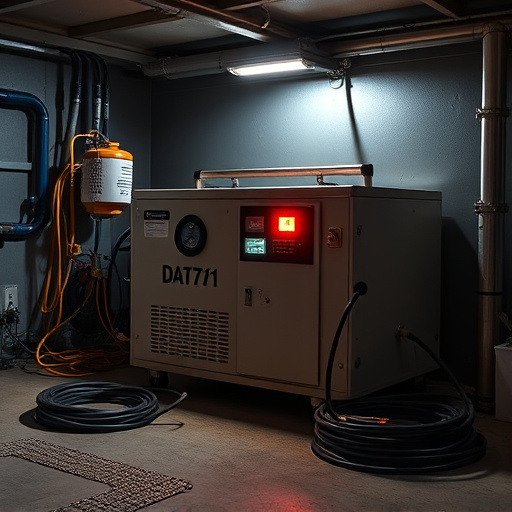
Auxiliary batteries, often referred to as backup or secondary batteries, are designed to provide additional power when your primary source is insufficient or unavailable. Understanding their fundamentals is crucial for safe and effective use. These batteries are typically used in various applications, from powering essential electronics during power outages to supporting electric vehicles (EVs) for extended ranges.
When considering an auxiliary battery, it’s important to select the right type for your needs—lithium-ion batteries, for example, are popular due to their high energy density and longer lifespan compared to traditional lead-acid batteries. Proper charging and maintenance routines are key; overcharging or undercharging can damage the battery and reduce its performance. Regular monitoring of voltage, current, and temperature ensures optimal battery health, ensuring these power sources serve their purpose reliably and securely.
Choosing Safe and Compatible Batteries
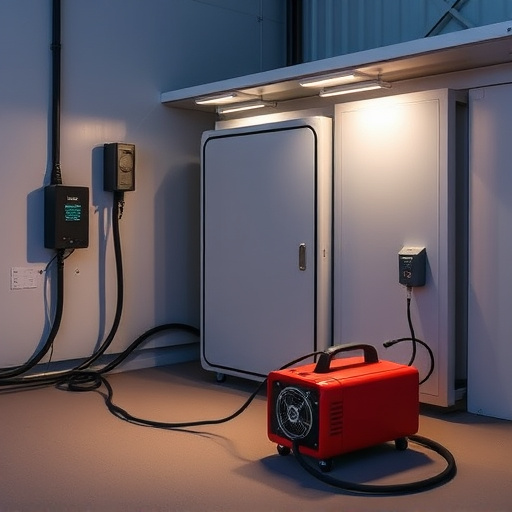
When it comes to selecting an auxiliary battery, safety should always be the top priority. Opt for batteries from reputable manufacturers that adhere to industry standards and regulations. Look for certifications such as UL (Underwriters Laboratories) or CE (Conformité Européenne), which ensure the product has undergone rigorous testing for safety and compatibility. These certified batteries are designed to meet specific performance and quality criteria, reducing the risk of overheating, leaks, or explosions.
Compatibility is another vital aspect. Ensure that the auxiliary battery is specifically designed for your device and intended use case. Different devices require different voltage levels and connectors. Using a battery not compatible with your setup can lead to malfunctioning, damage to your device, or even safety hazards. Always check the device’s user manual or consult with manufacturers to identify the correct battery type and model, ensuring optimal performance and longevity.
Installation and Wiring Best Practices

When installing an auxiliary battery, ensure it’s done correctly to maintain safety and functionality. Start by selecting a location that is secure and protected from extreme temperatures. Mounting brackets or trays can help stabilize the battery and keep it in place. Always use proper wiring harnesses and connectors designed for aux batteries to avoid any short circuits or loose connections.
Follow manufacturer guidelines for positive and negative terminal placement, ensuring they are clearly labeled. Use insulated wires and check all connections carefully after installation. Regularly inspect the wiring for signs of wear or damage, tightening connections as needed. Proper installation prevents accidental discharge, which could lead to fire hazards or damage to your vehicle’s electrical system.
Maintaining Optimal Charge Levels
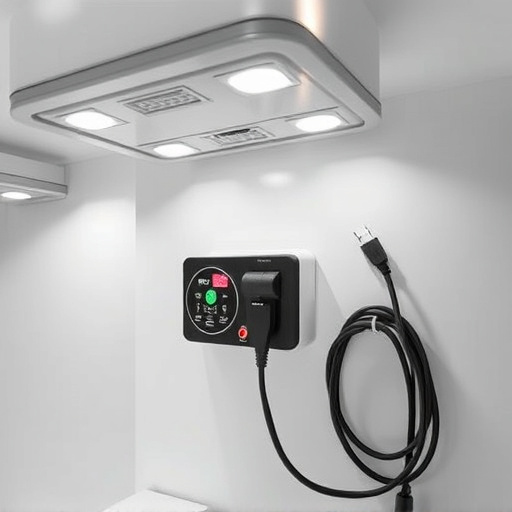
Keeping your auxiliary battery at optimal charge levels is a crucial aspect of ensuring its longevity and safety. Aim to keep the battery charged between 20% and 80% to maintain its health. Avoid letting it drop below 20% or remain at 100% for extended periods. Constantly charging or discharging an auxiliary battery beyond this range can lead to degradation, reducing its overall lifespan.
Use a reliable battery charger designed for your specific model and follow the manufacturer’s guidelines. This helps prevent overcharging, which is one of the primary causes of battery damage and failure. Regularly monitor charge levels, especially if you use your auxiliary battery infrequently or in varying environmental conditions.
Regular Inspection for Safety

Regular inspections are crucial for ensuring the safety and longevity of your auxiliary battery. Before each use, carefully examine the battery for any signs of damage, corrosion, or leakage. Check all connections for tightness and cleanliness, as loose or dirty terminals can lead to poor performance and potential hazards. It’s also essential to verify the battery’s charge level; consistently low or fully drained batteries may indicate underlying issues that require attention.
During inspections, look out for any bulging, swelling, or unusual odors coming from the battery. These could be warning signs of internal damage or overcharging, which can lead to failure or even fire hazards. Keeping a close eye on these details will help prevent accidents and ensure your auxiliary battery operates safely and effectively when you need it most.
Storing Your Auxiliary Battery Properly
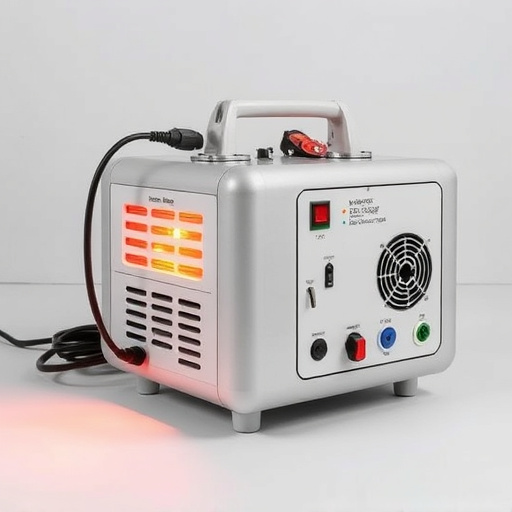
Storing an auxiliary battery properly is crucial for maintaining its health and ensuring it’s ready when needed. Always keep your battery in a cool, dry place away from direct sunlight or extreme temperatures. Heat can accelerate degradation, so avoid storing batteries in hot attics or car trunks during summer months. Similarly, cold environments can also damage the battery, so don’t store it in unheated areas during winter.
When not in use, ensure the battery is fully charged and consider using a smart battery charger to maintain its optimal state. Store it in a secure location where children and pets cannot reach it, as ingesting or playing with batteries can be harmful. Keep the battery terminals clean and protected from corrosion by covering them or using insulators to prevent any accidental short circuits that could cause damage or even fires.
Preventing Overheating and Fire Hazards
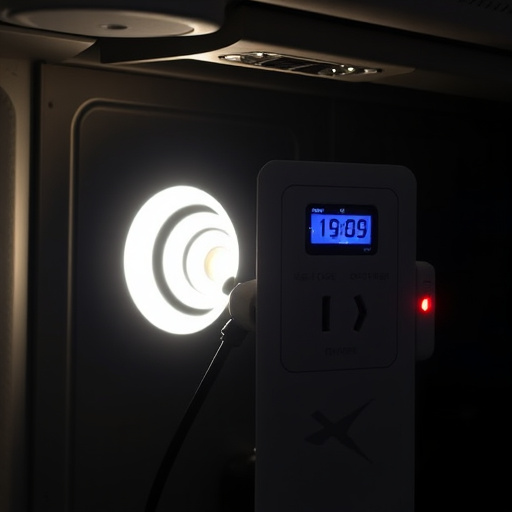
Auxiliary batteries, while convenient for powering devices on-the-go, require careful handling to prevent overheating and fire hazards. Overheating is a significant concern as these batteries are designed to store and deliver energy efficiently, but excessive heat can cause damage and reduce their lifespan. It’s crucial to use the auxiliary battery in well-ventilated areas and avoid exposing it to direct sunlight or extreme temperature variations.
To mitigate risks, ensure proper ventilation for the battery by keeping it in a cool, dry place. Avoid stacking heavy objects on top of the battery or using it near flammable materials. Regularly inspect for any signs of damage, such as swelling, leaking, or unusual odours, which could indicate an internal short circuit. Always follow manufacturer guidelines for charging and storage to ensure optimal performance and safety.
Troubleshooting Common Issues
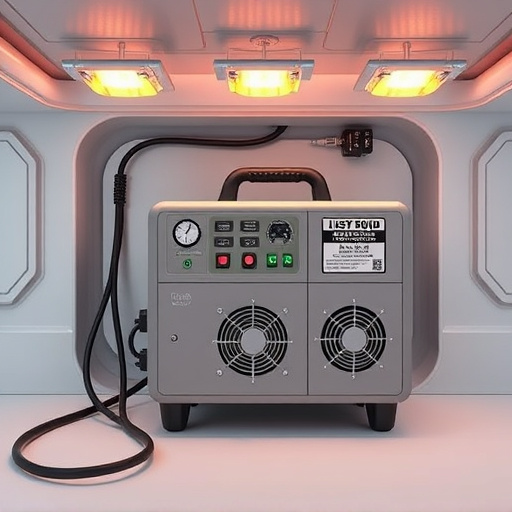
Many issues can arise with auxiliary batteries if proper care and maintenance are neglected. One common problem is overcharging, which can lead to damage or even explosion. Always ensure your battery is compatible with your device and use a reputable charger designed for auxiliary batteries. Regularly check for any signs of physical damage, such as dents or leaks, and avoid using damaged batteries.
Another frequent issue is underperformance or sudden failure. This could be due to aging, internal damage, or connection problems. Keep your battery clean and free from debris, and inspect the connections regularly. If you notice a significant drop in performance, it might be time to replace your auxiliary battery to ensure safety and optimal functionality.
When using an auxiliary battery, adhering to safe practices is paramount. From understanding basic components and choosing compatible models, to proper installation, maintenance, and storage, each step ensures optimal performance and mitigates potential hazards. Regular inspections and awareness of common issues further fortify safety measures. By following these guidelines, you can harness the power of an auxiliary battery with confidence, enhancing your vehicle’s reliability and preparedness in various situations.
